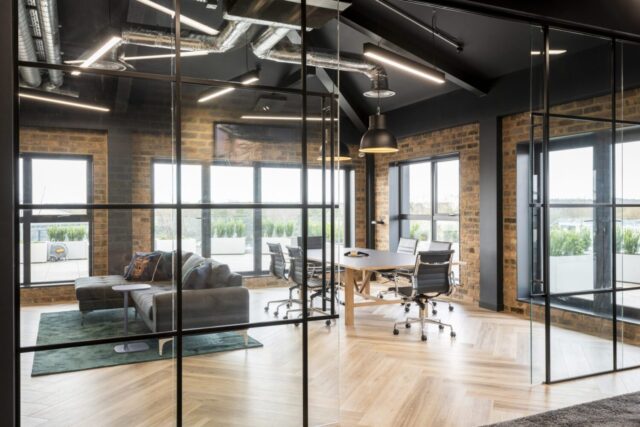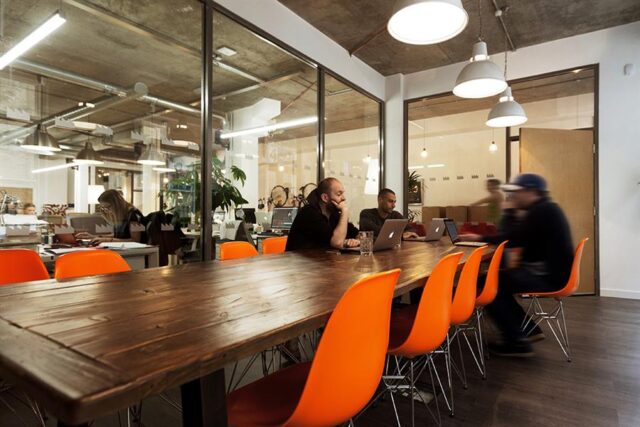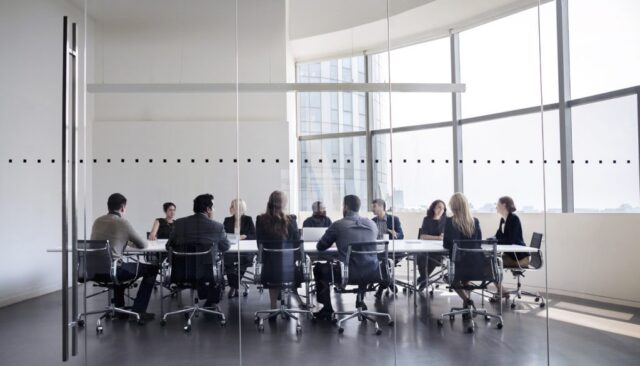
In the modern workplace, conference room glass walls have become increasingly popular due to their sleek and stylish aesthetic, the sense of openness they provide, and the numerous psychological benefits they offer. In this article, we will delve into the psychology of glass conference rooms, exploring how design elements such as natural light, openness, acoustic comfort, and aesthetics can significantly impact productivity and well-being.
The Influence of Natural Light on Mood and Productivity
One of the most significant benefits of conference room glass walls is the abundance of natural light they allow into the space. Research has shown that exposure to natural light can have a profound impact on mood, productivity, and overall well-being. Not only does natural light help regulate the body’s circadian rhythms, but it also promotes the release of serotonin, a neurotransmitter associated with feelings of happiness and well-being.
When employees are exposed to natural light throughout the day, they tend to experience increased levels of energy, alertness, and focus, leading to improved job performance and satisfaction. In contrast, working in environments with a lack of natural light can lead to feelings of fatigue, moodiness, and difficulty concentrating. Thus, incorporating glass walls into conference room designs can have a significant impact on the overall mood and productivity of employees.
Another advantage of natural light in the workplace is the potential for reduced energy consumption and cost savings. By maximizing the use of natural light, organizations can reduce their reliance on artificial lighting, leading to decreased energy costs and a reduced carbon footprint. Furthermore, studies have shown that employees who work in environments with ample natural light tend to take fewer sick days and report higher levels of job satisfaction, further contributing to the organization’s bottom line.
The Effect of Openness and Transparency on Communication and Collaboration

Conference room glass walls promote a sense of openness and transparency within the workplace, which can have significant psychological benefits for employees. In an open and transparent environment, employees are more likely to feel comfortable sharing their ideas and opinions, leading to increased communication and collaboration within the team.
When team members feel that their ideas are valued and respected, they are more likely to take risks and think creatively, ultimately contributing to a more innovative and productive work environment. Additionally, the visibility provided by glass walls can help to minimize misunderstandings and miscommunications, as team members are more likely to be aware of their colleagues’ activities and progress.
Moreover, the open and transparent nature of glass conference rooms can help promote a more inclusive and equitable workplace culture. In traditional office spaces with opaque walls, employees may feel isolated or excluded from important conversations and decision-making processes. However, with glass walls, employees can visually connect with their colleagues, fostering a sense of community and belonging within the organization.
On the other hand, it is essential to strike a balance between openness and privacy in the workplace. While glass conference rooms can facilitate communication and collaboration, it is crucial to consider the need for private spaces where employees can focus on individual tasks or engage in confidential conversations. Providing a variety of workspaces that cater to different needs and preferences can help create an optimal work environment that supports both collaboration and privacy.
The Importance of Acoustic Comfort for Concentration and Focus

Acoustic comfort is a critical consideration in the design of glass conference rooms, as it can significantly impact employees’ ability to concentrate and focus on their work. With glass walls, sound can travel more freely between spaces, potentially creating noise distractions and making it difficult for employees to maintain their concentration.
To minimize noise distractions and maintain acoustic comfort, it is essential to incorporate soundproofing measures into the design of glass conference rooms. One effective solution is to use double-glazed glass or laminated glass, which can significantly reduce sound transmission between spaces. Additionally, incorporating acoustic panels or sound-absorbing materials such as carpeting or curtains can help absorb and diffuse sound, further improving the acoustic comfort of the space.
Another critical aspect of acoustic comfort is providing employees with access to quiet spaces where they can retreat to focus on individual tasks or decompress from the noise and activity of the open workspace. By offering a variety of workspaces that cater to different needs and preferences, organizations can create an optimal work environment that supports both concentration and collaboration.
The Role of Aesthetics and Design in Creating a Positive Atmosphere

The aesthetics and design of a conference room can play a significant role in shaping employees’ perceptions of the space and influencing their mood, productivity, and well-being. Glass conference rooms, with their sleek and modern appearance, can contribute to a sense of professionalism and sophistication within the workplace, helping to create a positive atmosphere that fosters motivation and engagement.
When designing a glass conference room, it is essential to consider factors such as color, furniture, and layout to create a space that encourages productivity and well-being. For example, incorporating natural elements such as plants or wood can help create a more calming and relaxing environment, while ample seating and ergonomic furniture can promote comfort and encourage collaboration.
Moreover, it is crucial to consider the accessibility and inclusivity of the conference room design. Ensuring that the space is accessible to individuals of all abilities and incorporating features such as adjustable furniture or assistive technologies can help create a more inclusive and equitable work environment.
In conclusion
The psychology of glass conference rooms demonstrates the significant impact that design elements can have on employees’ productivity and well-being. By incorporating natural light, promoting openness and transparency, ensuring acoustic comfort, and considering aesthetics and accessibility, organizations can create a workspace that fosters creativity, collaboration, and a positive atmosphere. With thoughtful design and attention to detail, glass conference rooms can become a valuable asset in supporting employee well-being and organizational success.









